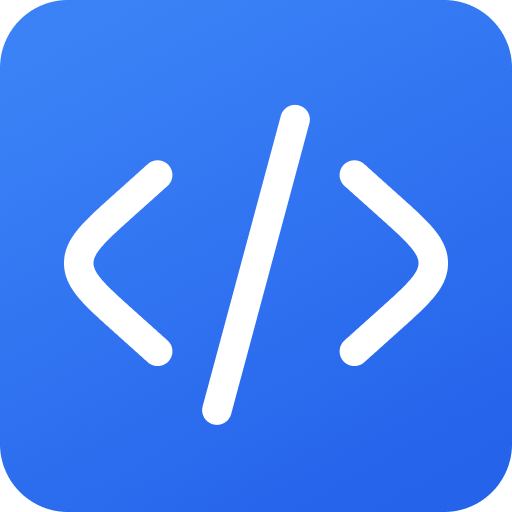The method
Use this prompt in ChatGPT or Gemini. Paste into the chat window. Adapt the product category and specific features to your e-commerce site. Review results & iterate with refinements to get targeted recommendations.
The prompts
Prompt 1
Analyze the performance of a Progressive Web App for an e-commerce website selling [product category, e.g., apparel]. Consider these factors: 1) First Contentful Paint (FCP) and Largest Contentful Paint (LCP): How can image optimization (using formats like WebP and lazy loading) improve these? 2) Time to Interactive (TTI): What JavaScript execution bottlenecks contribute to a slow TTI? Suggest specific code splitting strategies and deferring non-critical JavaScript. 3) Cumulative Layout Shift (CLS): Identify elements causing layout shifts (e.g., images without defined dimensions, ads injecting content dynamically). Provide CSS and HTML solutions to minimize CLS. 4) Offline Functionality: Evaluate the effectiveness of the service worker. Does it precache essential assets and handle network requests gracefully during offline scenarios? Provide code examples for service worker implementation. 5) Caching Strategies: Assess the caching strategy for both static assets and dynamic content (product details, cart information). Recommend appropriate cache headers and techniques like stale-while-revalidate. 6) Mobile Responsiveness: How well does the PWA adapt to different screen sizes and orientations? Provide recommendations for optimizing the layout and image sizes for various devices. The goal is to provide a comprehensive performance optimization plan with actionable steps.
Prompt 2
I want you to audit an e-commerce PWA focusing on conversion rate optimization. The PWA sells [specific product, e.g., handmade jewelry]. Consider these aspects: 1) Add to Cart Process: Analyze the add-to-cart flow. Is it seamless and intuitive? Are there any unnecessary steps that cause friction? How can you improve the visibility of the cart and the ease of modifying quantities? Provide UI/UX improvements using clear calls to action and progress indicators. 2) Checkout Process: Evaluate the checkout process for simplicity and security. Optimize the form fields to minimize data entry. Implement address autocomplete and payment method suggestions. Integrate trust signals (e.g., security badges, customer reviews) to build confidence. 3) Product Page Optimization: Review the product pages for compelling content and clear value propositions. Ensure high-quality images, detailed descriptions, and customer reviews are prominently displayed. Implement A/B testing of different layouts and content variations to identify the most effective elements. 4) Personalization: How can personalized product recommendations and offers increase engagement and sales? Use browsing history and purchase data to suggest relevant items. Implement targeted promotions based on user segments. 5) Mobile Experience: Ensure the mobile experience is optimized for speed and usability. Simplify navigation, reduce image sizes, and use touch-friendly elements. Provide recommendations for optimizing the PWA for mobile devices with limited bandwidth. The objective is to boost conversion rates by eliminating friction and creating a compelling user experience.
